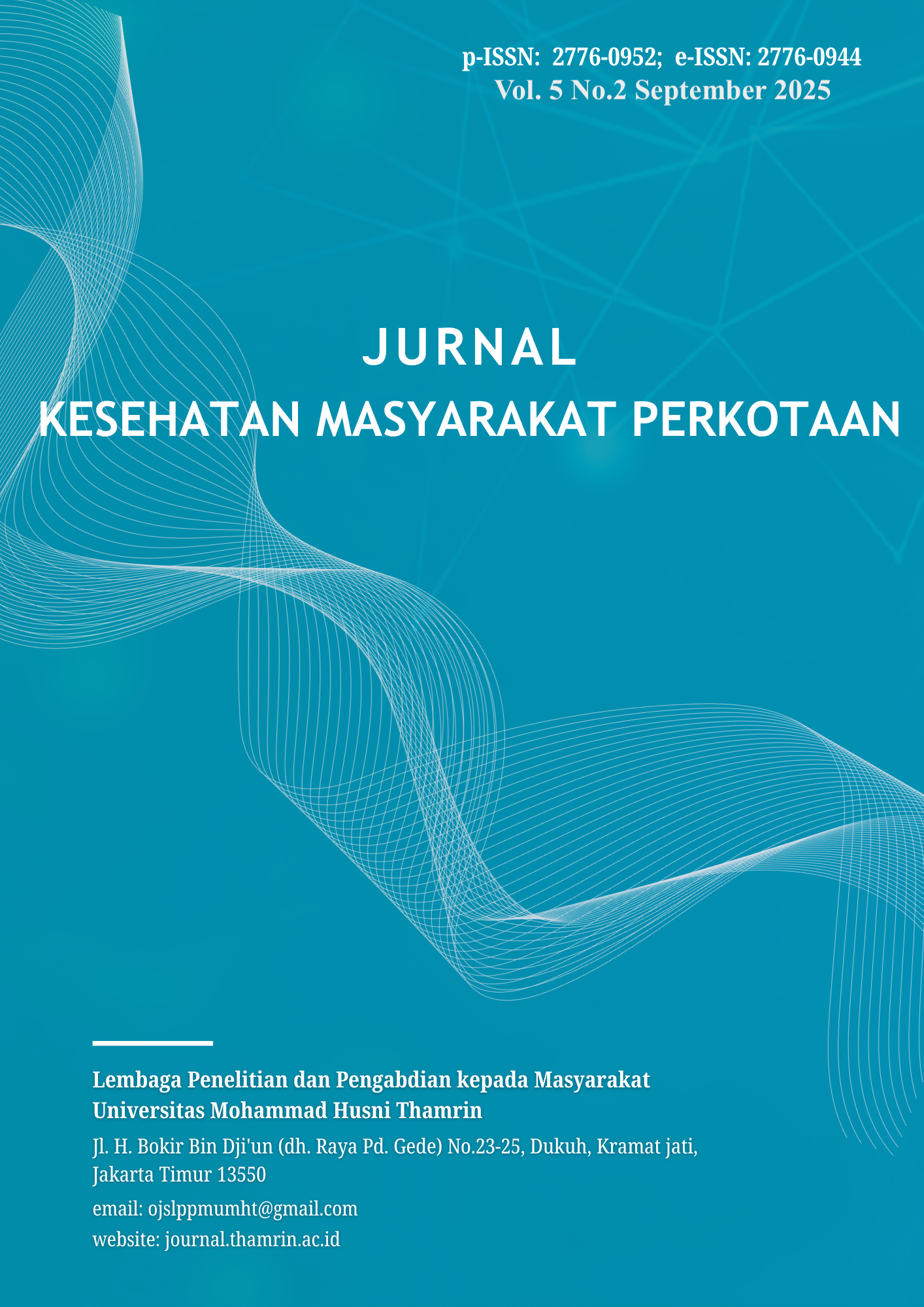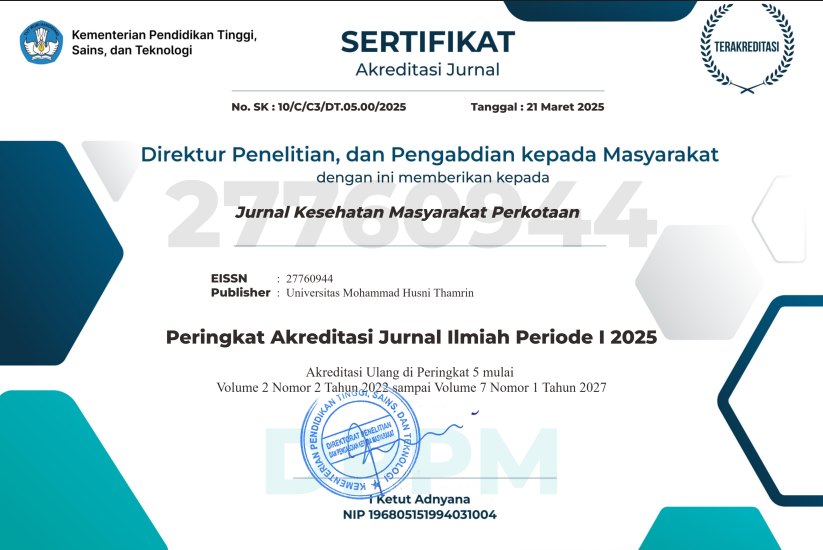Factors Influencing the Incidence of Occupational Contact Dermatitis in Salon Employees in Lamongan District
DOI:
https://doi.org/10.37012/jkmp.v5i2.2995Abstract
Occupational Contact Dermatitis (OCD) is a contact dermatitis disease obtained from work, due to the interaction between the skin and substances used in the work environment. These substances irritate the skin, causing damage and stimulating inflammatory reactions, so that skin irritation is the most common cause of dermatitis. Therefore, to find out and understand more deeply about occupational contact dermatitis, especially in hairdressers, it is felt necessary to conduct a study on the factors that influence the incidence of occupational contact dermatitis in salon employees. The purpose of this study was to analyze the factors that influence the incidence of OCD in salon workers in Lamongan District. This research method is qualitative with a cross-sectional design and this research instrument uses the Simple Random Sampling technique and the Slovin formula. The results of this study were processed using the Multiple Logistic Regression statistical test which obtained a p-value <0.05, which means that there is an influence between the length of contact (p-value 0.044) and personal hygiene (p-value 0.033) with the incidence of OCD. There is a significant relationship between contact duration and personal hygiene with the incidence of DKAK among salon workers in Lamongan District. Suggestions for Improvements include conducting regular education, ensuring the presence of supervisors at all work activities, and collaborating with local community health centers regarding periodic skin examinations.
Downloads
Published
How to Cite
Issue
Section
Citation Check
License
Copyright (c) 2025 Aflahul Lu’lu’ul Muflihah , Zufra Inayah

This work is licensed under a Creative Commons Attribution 4.0 International License.
Jurnal Kesehatan Masyarakat Perkotaan allows readers to read, download, copy, distribute, print, search, or link to the full texts of its articles and allow readers to use them for any other lawful purpose. The journal allows the author(s) to hold the copyright without restrictions. Finally, the journal allows the author(s) to retain publishing rights without restrictions Authors are allowed to archive their submitted article in an open access repository Authors are allowed to archive the final published article in an open access repository with an acknowledgment of its initial publication in this journal.

Lisensi Creative Commons Atribusi 4.0 Internasional.











